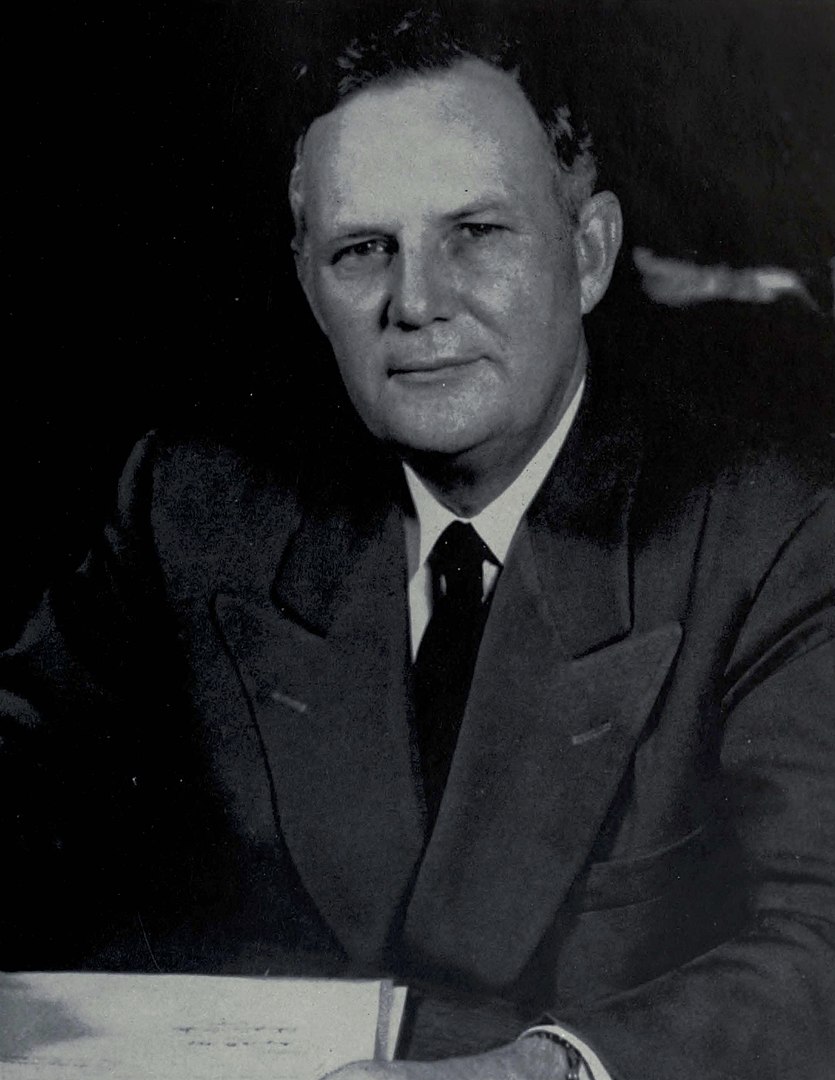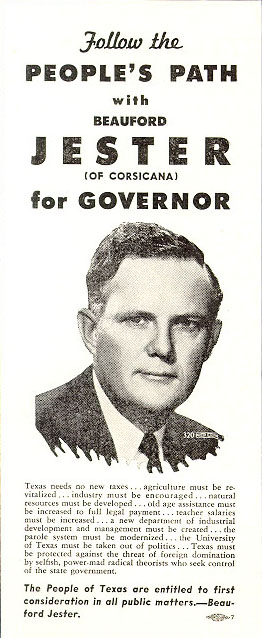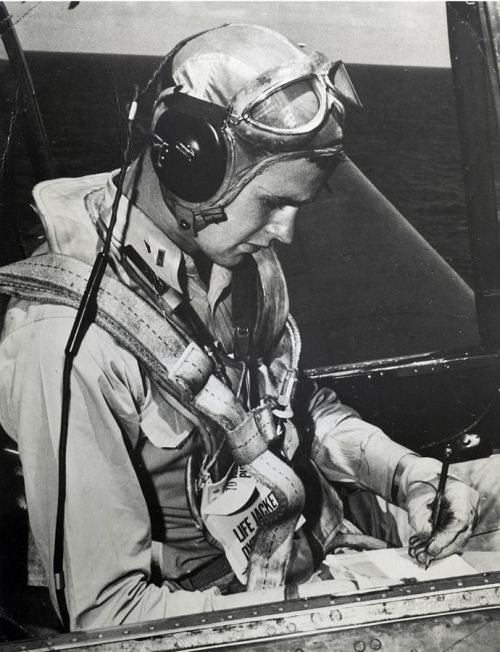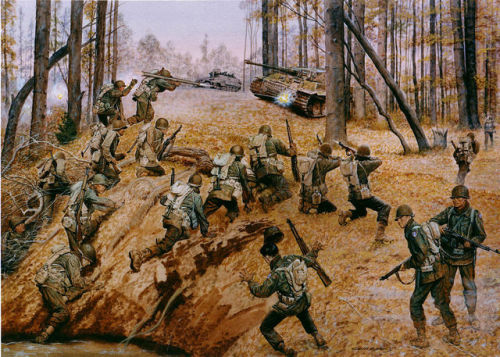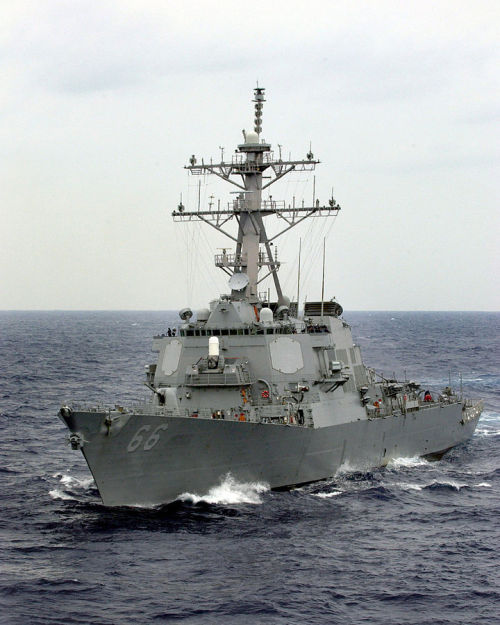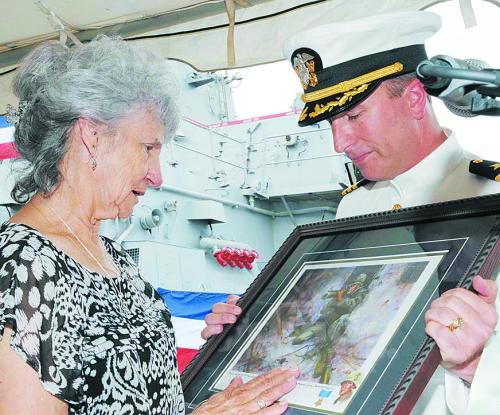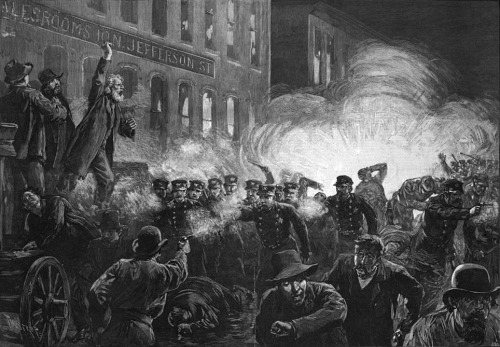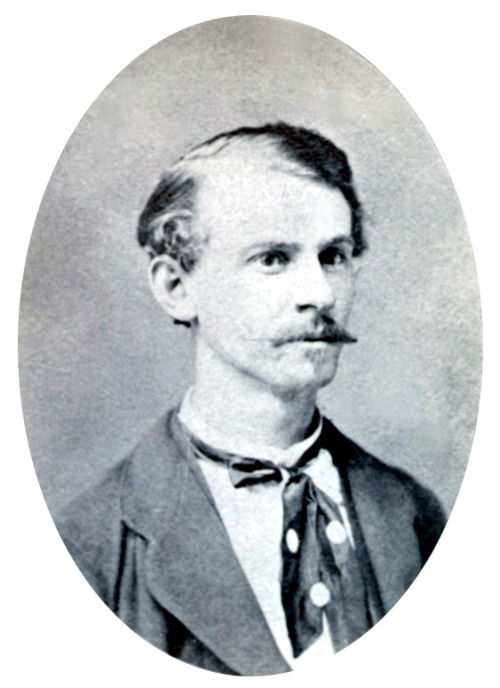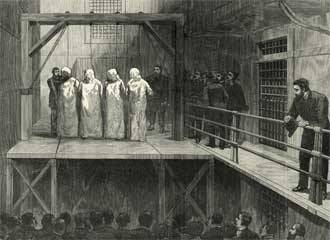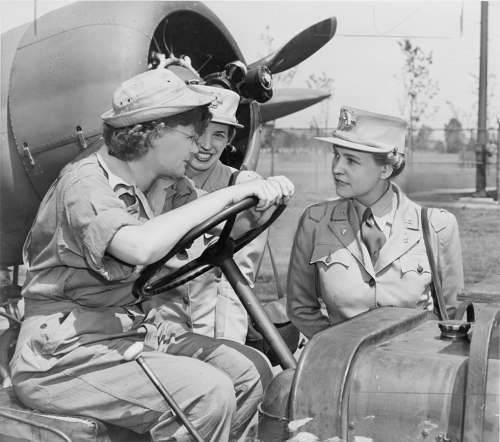
Georgia
Mirabeau Buonaparte Lamar was born in Georgia in 1798. He grew up on a cotton plantation and was a voracious reader. Though he was accepted to Princeton College, he chose not to attend. Instead he went into business, first as a merchant, then running a newspaper, but was unsuccessful at both. In 1823, he became secretary to Georgia Governor George Troup, his first foray into politics.
Tragedy
Lamar married Tabitha Jordan in 1826, but his wife’s health was poor and he soon resigned his post with Governor Troup to take care of her. Lamar reentered politics in 1829, running for state senator, but after his wife’s death in 1830, he declined to run for reelection. Instead, he turned to travel and writing, publishing some of his best known poems. After time had softened his grief, Lamar turned his attention to studying law and passed the bar in 1833. He unsuccessfully ran for Congress in 1832 and 1834, but his brother’s suicide in 1834 set him wandering once again.
Texas
Lamar followed James Fannin, Jr., an old friend, to Texas in 1835. Lamar threw himself wholeheartedly into the Texas Revolution, writing poems supporting the cause. He had to return to Georgia to settle his affairs, but quickly returned in 1836 after the news of the Alamo and the massacre at Goliad to join the Texas army. On April 20, 1836, he was involved in a skirmish with the Mexican Army where he distinguished himself and was promoted to Colonel and given command of the cavalry. After the Battle of San Jacinto, Lamar was a vocal supporter of executing Santa Anna. He was briefly put in command of the entire Texas Army, but the men did not accept him and he quickly retired. Lamar ran for President in the first election for the Republic of Texas, but lost to Houston and became his Vice President. In 1838, with Houston ineligible and the other two candidates having committed suicide, Lamar won the Presidency almost unanimously.
President
Lamar succeeded Sam Houston as President of the Republic of Texas in 1838. Houston reportedly gave a three hour “Farewell Address,” after which Lamar was indisposed and his aide read his inaugural remarks. Lamar was a bit of a mixed bag as a president. He moved the capital to its present location in Austin (largely to get it out of Houston), and set aside land to fund higher education in Texas, what would become UT and A&M. However, he was also determined to drive the Cherokee and Comanche out of Texas, believing they needed to be exterminated to allow for white settlement. This led to several battles and massacres. Lamar also drastically drove up Texas’s debt, up to $7 million, one of the factors leading to Texas’s eventual annexation by the US. Houston was reelected in 1943, and attempted to undo much of what Lamar had done, including moving the capital back to Houston, which led to the very short Archives War. The same year, Lamar’s daughter, back in Georgia, died at only 16.
Post Presidency
Lamar retired for while to his plantation in Richmond, where he began writing poetry again. Lamar passionately defended slavery and eventually advocated for Texas’s annexation to the US because he thought it would preserve slavery in the US. He served in the US army during the Mexican-American War and as a state legislator for the first few years of Texas statehood. He remarried in 1851 to Henrietta Maffitt, and the couple had a daughter shortly thereafter. In 1857, Lamar published a poetry collection and, later that year, President Polk appointed Lamar as ambassador to Nicaragua, then simultaneously to Costa Rica. Lamar served in Managua for almost two years, before returning to Texas due to his failing health. He died in December of 1859.

